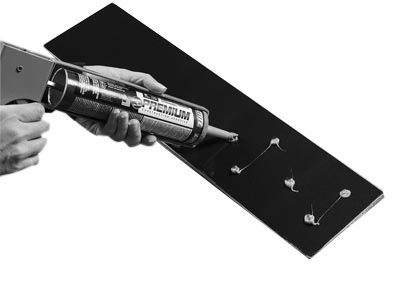Cork Flooring Bathroom
There are many advantages to using cork flooring bathroom. Cork naturally consists of a chemical called Suberin which is a waxy substance giving cork its naturally water proof properties. Studies have proven Suberin repels bacteria, insects and resists the growth of mold and mildew.

All this with no grout lines to scrub. The glue-down cork tiles are the most appropriate application for a cork flooring bathroom. These tiles can vary in thickness, most commonly sold in 4mm (1/8″) and 6mm (1/4″) and now 8mm (5/16″). They are made of 100% cork which greatly reduces the risk of water damage or swelling if exposed to high amounts of liquids or moisture.

The subfloor must be made smooth, sanded, patched, and clean by removing all remnants of old flooring including paint and old adhesives prior to installation. Appropriate subfloor material should be used such as concrete or cement backer board. (subfloor grade smooth-side-up plywood can be used but is not recommended for bathrooms). Also recommended for moisture prone environments like bathrooms is the use of galvanized screws or nails to secure the subfloor to the substrate. This will reduce the chances of rusting when exposed to cement leveling compounds or other forms of moisture normally found in construction and wet areas.

In some instances ceramic tiles can be cemented over. A self-leveling or quick set cement compound made up of Portland based product only should be used. However, this type of application is best left to the professionals.

Forna glue down tiles are available in more than 14 different colors and styles. The Wakol D3540 Cork Adhesive is the water based contact cement adhesive required for installation and is 100% VOC and formaldehyde free. Finally, the cork tiles must be sealed after installation with Loba Supra WS 2K water based polyurethane or a Forna approved substitute (please contact us for approval prior to purchase). A Forna representative should be consulted before using any product not listed on the website.









